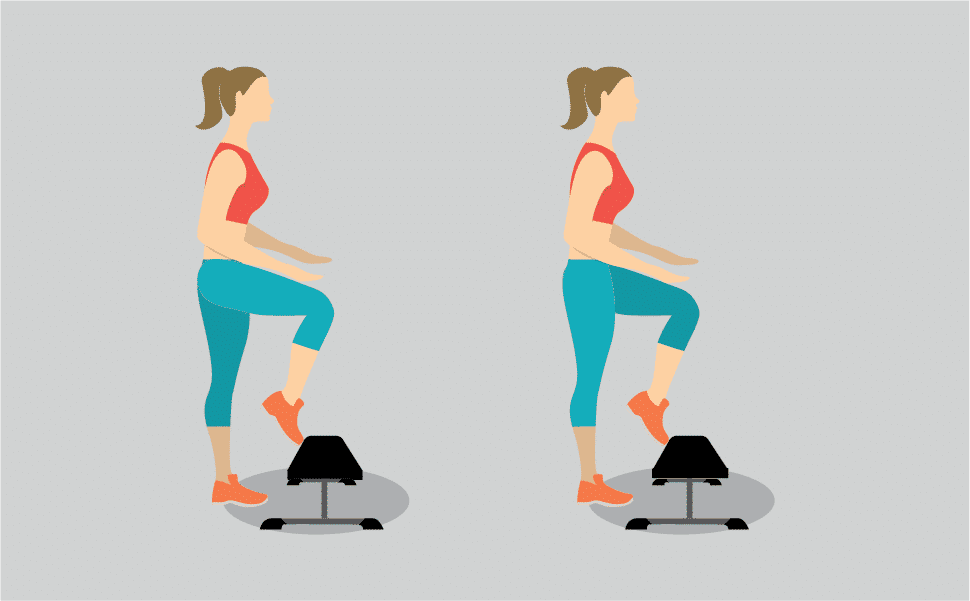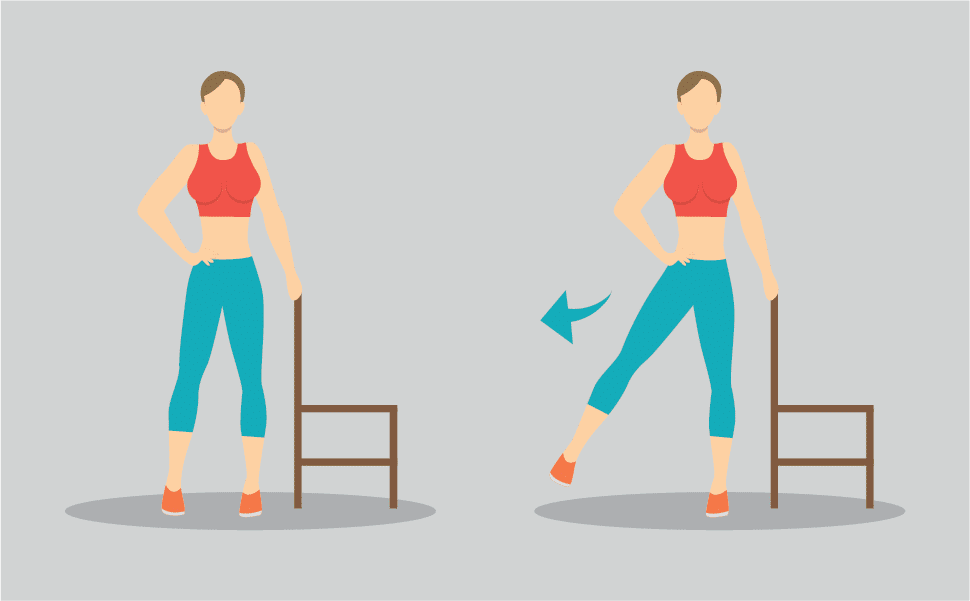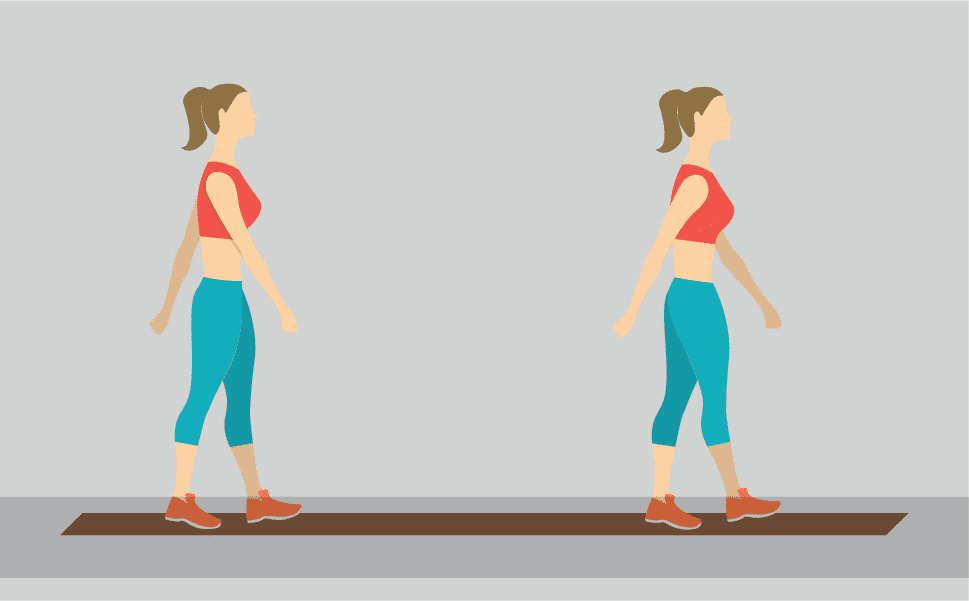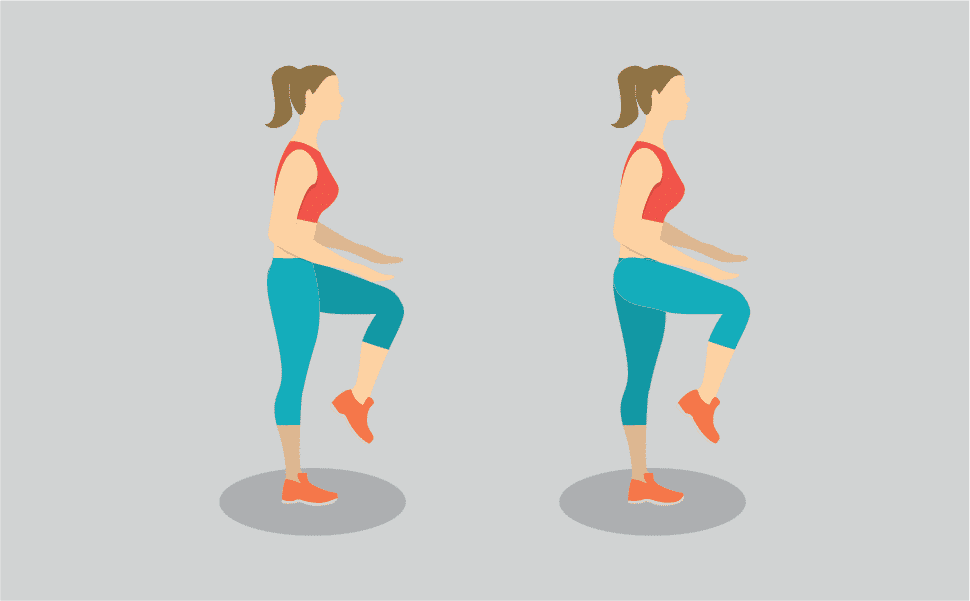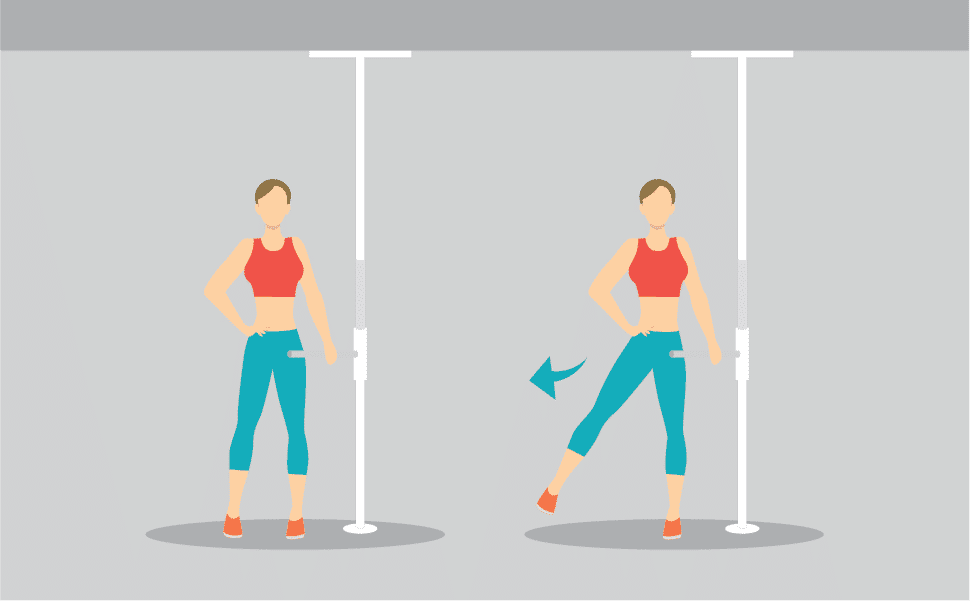Improving Balance for Older Adults: 5 Versatile Exercises for Indoors and Outdoors
As your parents or grandparents age, it’s natural to become increasingly concerned about their health and well-being. One of the key factors that can affect their independence and quality of life is the risk of falls. What can be done to help them prevent falls? One of the best and free ways is through regular exercise, which plays a pivotal role in maintaining a healthy lifestyle, particularly when it comes to improving balance.
By helping your aging family members incorporate regular physical activity into their lives, you can make a significant difference. Exercise offers a multitude of benefits for individuals of any age, including improved balance, a more positive outlook on life, and a healthier heart.
Recommended Frequency and Level of Exercise for Older Adults
First, let’s establish some guidelines for optimal results. The American Heart Association recommends that older adults, aged 65+, engage in moderate-intensity aerobic exercise for at least 150 minutes per week. This can be spread out over several days, ensuring the body has time to recover and adapt. Additionally, individuals should aim to incorporate strength training exercises at least two days per week, targeting major muscle groups.
Always consult with a healthcare professional before starting any new exercise regimen to ensure suitability and safety.
Best Exercises to Improve Balance
Here are five balance-improving exercises that can be done both indoors and outdoors.
1. Toe Tapping
Toe tapping is an effective exercise for improving balance in older adults. It targets the muscles in the feet and lower legs, enhancing stability and control over body movements, ultimately reducing the risk of falls and promoting overall balance and coordination.
Indoor: Find a comfortable spot to stand near a sturdy chair or countertop for support. Begin by lifting one foot slightly off the ground and tapping the toes on the floor or an elevated surface (such as a low step stool or the first step of the stairs) in a controlled and rhythmic manner. Alternate between feet, tapping for about 10-15 times on each foot. Focus on maintaining proper balance and engaging the muscles in the feet and lower legs throughout the exercise.
Outdoor: Take your toe tapping exercise outdoors and enjoy the fresh air and natural surroundings. Find a stable outdoor surface, such as a sidewalk or park path. Follow the same steps as indoors, lifting and tapping the toes of each foot while focusing on balance and muscle engagement.
2. Leg Swings
Leg swings are beneficial for improving balance as they engage the core muscles, hip flexors, and leg muscles, enhancing stability and coordination. By incorporating leg swings into their routine, older adults can improve their ability to maintain balance during various daily activities, reducing the risk of falls and promoting overall stability and agility.
Indoor: Stand near a wall or sturdy support, then swing one leg forward and backward like a pendulum. Start with small swings and gradually increase the range of motion. Perform 10-15 swings on each leg.
Outdoor: Find a clear outdoor space, such as a yard or park. Perform the same leg swing exercise, allowing for more freedom of movement and gradually increasing the swing’s intensity.
3. Side Leg Raises
Side leg raises are advantageous for improving balance as they target the hip abductor muscles, which play a crucial role in maintaining stability. By regularly performing side leg raises, your older loved ones can strengthen these muscles, enhance their balance control, and reduce the risk of falls by improving their ability to stabilize themselves during movements and transitions.
Indoor: Stand behind a chair, using it for support if needed. Lift one leg out to the side, keeping it straight and maintaining balance. Lower the leg back down and repeat on the other side. Aim for 10-15 repetitions on each leg.
Outdoor: Find a flat outdoor surface and perform the side leg raises in the same manner as indoors. Enjoy the fresh air and take advantage of the natural surroundings to make the exercise more enjoyable.
4. Balance Walk
Balance walks offer several benefits for improving balance as they challenge the body’s stability and proprioception. By walking along a designated path, stepping over or around obstacles, older adults can improve their coordination, spatial awareness, and overall balance control, making everyday movements more stable and reducing the risk of falls.
Indoor: Set up a designated path in the house, placing small objects like cones or markers to step over or walk around. Walk along the path, focusing on maintaining balance and coordination.
Outdoor: Find a suitable outdoor area, such as a park or trail, and create a balance walk path using natural objects like stones, fallen branches, or chalk markings. Engage in the walk, challenging stability and agility while enjoying the outdoor ambiance.
5. Marching in place
Marching in place is a beneficial exercise for improving balance as it engages the core muscles, leg muscles, and promotes coordination. By regularly incorporating marching in place into their routine, older adults can strengthen these muscles, enhance their stability, and improve their overall balance, reducing the risk of falls and supporting better mobility in daily activities.
Indoor: Find a clear space in the house and start marching in place, lifting one knee at a time as high as comfortable. Focus on maintaining an upright posture and engaging the core muscles. Aim to march for a duration of 1-2 minutes, gradually increasing the time as endurance improves.
Outdoor: Take your marching in place exercise outdoors and enjoy the fresh air and natural surroundings. Find a suitable outdoor area, such as a park or trail, and begin marching in place, lifting your knees with each step. Pay attention to your body’s alignment and engage the core for stability. Embrace the challenge of maintaining balance on different terrains and enjoy the invigorating experience.
Exercise Tip: Added Safety and Support With the SuperPole With SuperBar
Need to hold on to something sturdy and dependable during exercises? The SuperPole with SuperBar is a great balance tool, offering vertical and horizontal support for users. Instead of holding on to a wall, your older loved ones can hold on to the SuperPole while performing leg swings, leg raises, toe tapping, and other exercises and stretches.
Having the SuperPole to hold on to can provide an extra layer of confidence and stability, making the exercise experience safer and more enjoyable for your older loved ones.
By encouraging your older loved ones to incorporate exercises into their daily routine, you are empowering them to take charge of their well-being and embrace a more fulfilling and balanced life. Regular physical activity, along with the use of appropriate balance tools when needed, can strengthen the body, enhance balance, reduce the risk of falls, and promote confidence and independence. Always prioritize safety by starting slowly, using proper form, and listening to the body’s signals. With a supportive and safety-conscious approach, you can help your older adults embark on a journey to improved balance, overall well-being, and a future filled with joy and vitality.



